- Exhibition: ««Clay as Soft Power»«
- On View: November 12, 2022 — May 7, 2023.
- Location: Michigan Museum of Art (UMMA). 525 S. State St., Ann Arbor, Michigan, USA
- www.umma.umich.edu
In November 2023 The University of Michigan Museum of Art (UMMA) opened an exhibition that examines for the first time the important role that Shigaraki ware ceramics played in supporting American-Japanese diplomatic relations after World War II. Shigaraki ware originate from one of Japan’s six ancient kilns and are characterized by earthy tones, rough clay surfaces, and natural ash glazes. These objects, which began entering American museum collections in the 1960s, have become staples of Japanese art installations across the U.S. Despite this, the story of how Shigaraki ware ceramics catalyzed cultural exchange between the U.S. and Japan and helped reframe Japan as a peaceful, democratically has not been told in depth. Clay as Soft Power: Shigaraki Ware in Postwar America and Japan brings this history to the fore, while also exploring the influence of Shigaraki ware ceramics on contemporary artists in both countries and its ongoing popularity among today’s collectors.
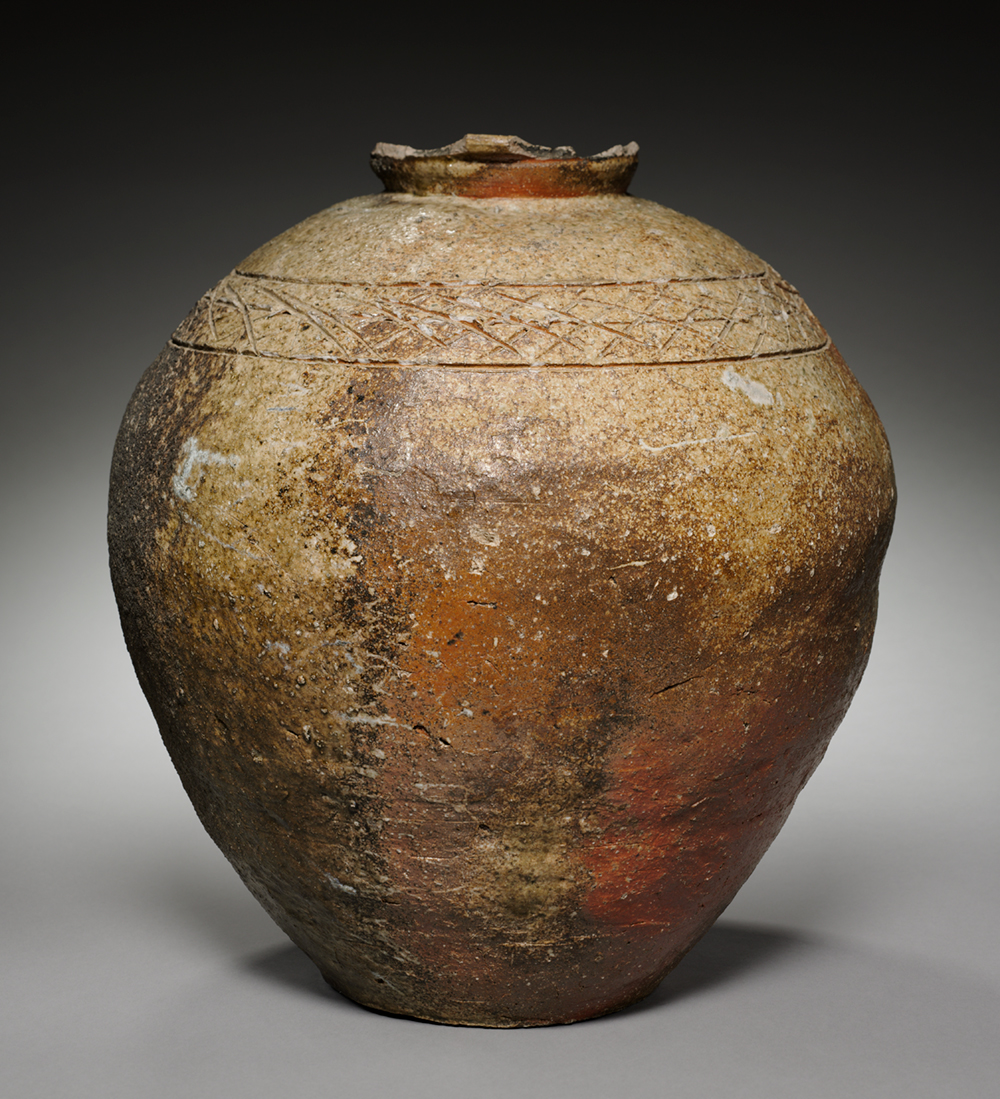
Cleveland Museum of Art, John L. Severance Fund, 1973.18
The show will remain on view through May 7, 2023.
Curated by Natsu Oyobe, Curator of Asian Art at UMMA, Clay as Soft Power will feature approximately 50 historic and contemporary objects by 25 artists, drawn from UMMA’s holdings as well as public and private collections across the world. Among the works is a new commission by Takahashi Yoshiko (b. 1988; Japan), the first woman to carry on her family’s studio name, Takahashi Rakusai. Visitors will be able to hold and touch Takahashi’s work—a critical aspect to truly understanding the beauty and essence of Shigaraki ware. The exhibition is further accompanied by a major catalogue, with essays by Oyobe; Louise Allison Cort, Curator Emerita of Ceramics at the National Museum of Asian Art, Smithsonian Institution; and Kazuko Todate, a professor and independent curator who specializes in craft history, ceramic history, and craft theory.
“Clay as Soft Power explores Shigaraki ware through a new lens—one that captures the critical social and political importance to these objects across two countries. It is particularly exciting to add a layer of scholarship and understanding to objects that are often encountered in museum contexts, inviting visitors to think about and engage with them in a different way,” said Oyobe. “It is also an opportunity to celebrate contemporary artists continuing the Shigaraki ware’s legacy, especially women artists, who have historically had less access to develop their skills. Clay as Soft Power is a step in bringing their voices more actively into the conversation as interest in Shigaraki ware continues to grow.”
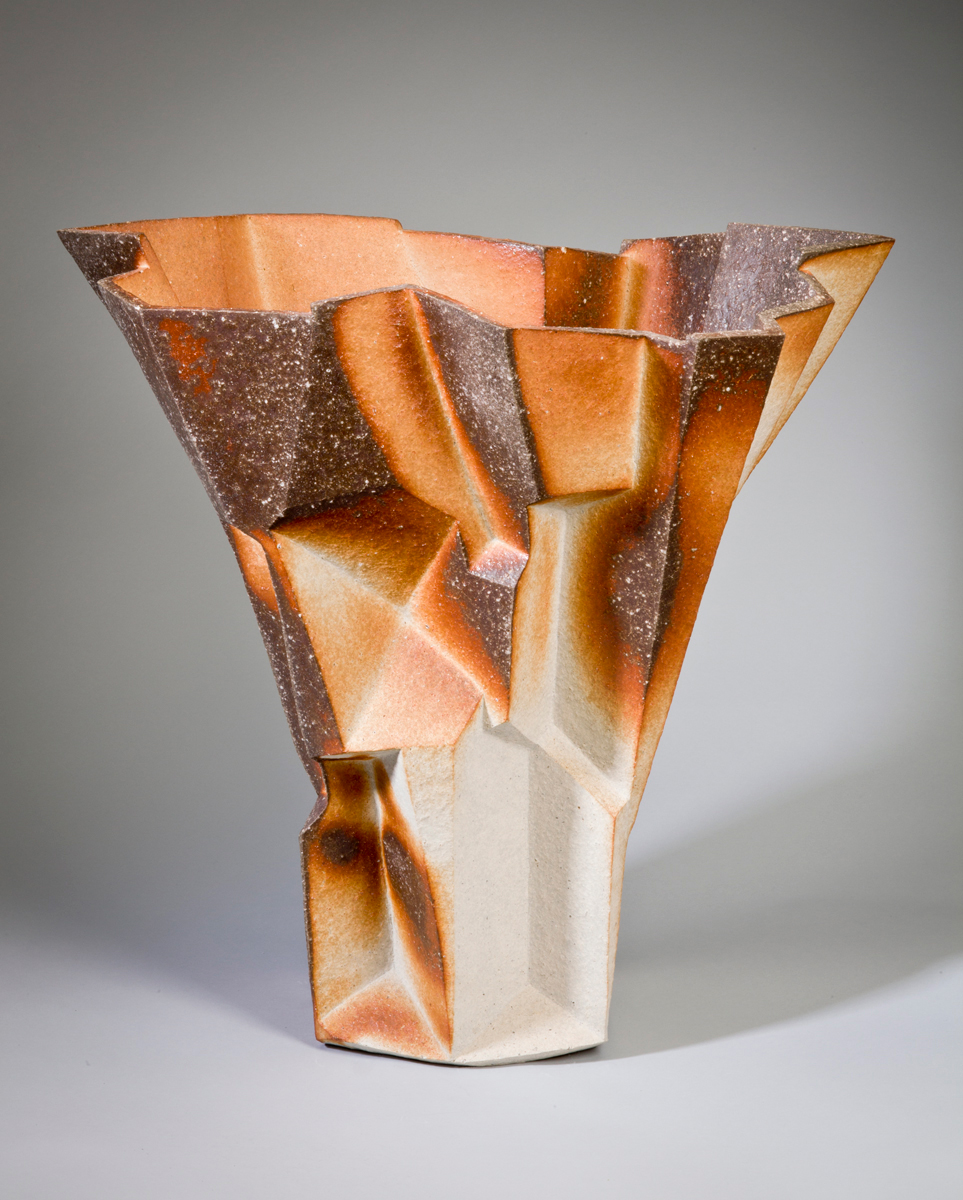
Collection of Carol and Jeffrey Horvitz © Wada Morihiro. Photo by Sarah Gillis, Worcester Art Museum
“This exhibition captures the incredible role that arts and culture play in international dialogues and diplomacy. While the exhibition reveals a little-known cultural history, it also provides a platform to consider how these dynamics continue to reverberate in contemporary politics and the position that museums should take in shaping understandings between countries, cultures, and people,” said Christina Olsen, UMMA’s Director. “As part of our long-term vision, UMMA is committed to serving both as a civic and cultural leader, and this presentation is particularly timely as we continue to think about and challenge our own work in connecting the arts with the civic needs and undertold histories of our communities.”
Clay as Soft Power is organized in three overarching sections:
Re-Presenting Japan: Shigaraki Ware in Postwar Collecting and Exhibitions
Until the 1940s, most Americans associated Japanese ceramics with delicate and ornate porcelain. After World War II, as part of its effort to reshape international perceptions, Japan began celebrating the modesty and austerity of its folk-type wares, including the naturally glazed wares of Shigaraki, one of Japan’s oldest kiln sites, in operation since the 13th century. Americans were introduced to these works in part through the efforts of James Marshall Plumer (1899–1960), a professor of East Asian art at the University of Michigan, and the philanthropist John D. Rockefeller III (1906–1978), who worked in postwar Japan to support public and private interests. Their efforts and collaborations led to the creation of several important exhibitions in the U.S., including Japanese Pottery Old and New at the Detroit Institute of Arts, which was organized by Plummer in 1951 and included rustic Japanese wares for the first time. The circulation of these works through exhibitions also spurred active collecting of Shigaraki ware among American museums between the 1960s and 1980s.
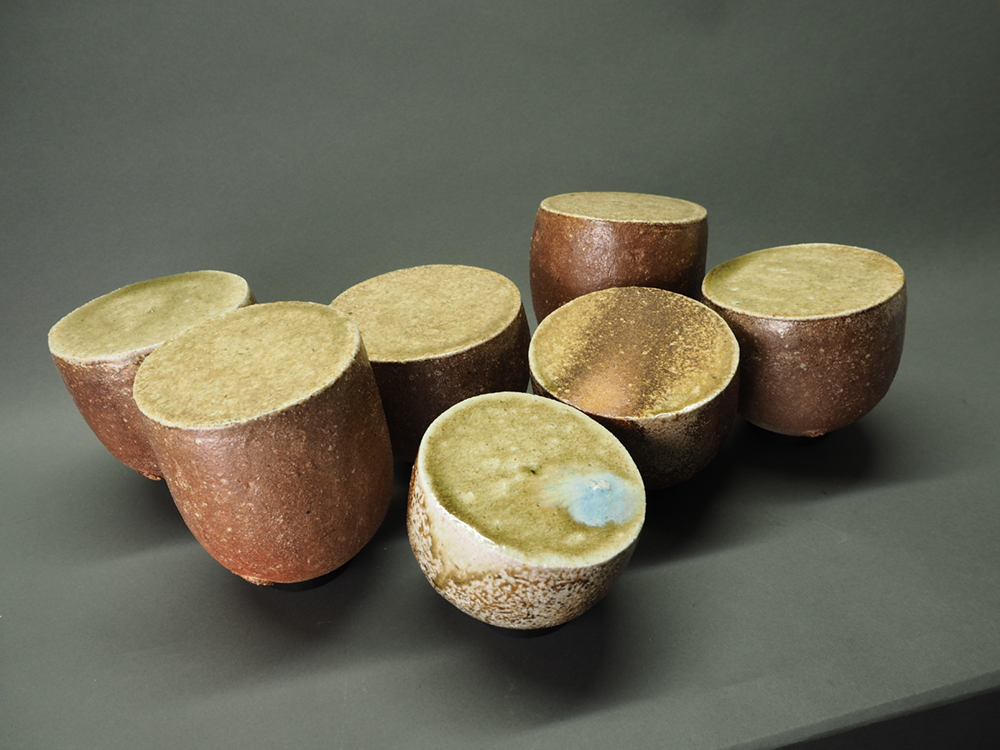
Dai Ichi Arts, Ltd. © Sasayama Tadayasu. Photo by Takashi Hatakeyama
Large Shigaraki storage jars created between the 14th to the early 17th centuries, often paired with screen paintings, became an archetypal presentation of Japanese art. The proliferation of these objects helped to shift the image of Japan from a recent war enemy to an important ally in the Cold War era. In Clay as Soft Power, this history is explored through several objects, including a Storage Jar, from the Muromachi period, late 1300s to 1400s, an important example of the earliest Shigaraki works. It is being loaned by the Cleveland Museum of Art. Other objects in the section were included in major early museum displays and in Louise Allison Cort’s 1979 book Shigaraki: Potters’ Valley, which served as the first scholarly book on the history, techniques, and production of Shigaraki ware.
A Cultural Exchange: American Ceramic Artists in Postwar Shigaraki
Equally important to shifting Japan’s image was the active exchange of artists and artistic approaches. Between the 1960s and 1980s, government agencies, universities, and foundations encouraged and supported American ceramic artists’ travel to and study at traditional kiln sites in Japan. Artists often chose to go to Shigaraki, because of its close proximity to the urban center of Kyoto. In turn, Japanese artists were given opportunities to lecture, give presentations, and build woodfired kilns in the United States, deepening the creative exchange between the two countries. American artists were often moved by the creation process, techniques, and philosophies behind Japanese wares, and their presence in Japan, in turn, encouraged more Japanese people, especially women, to become independent artists.
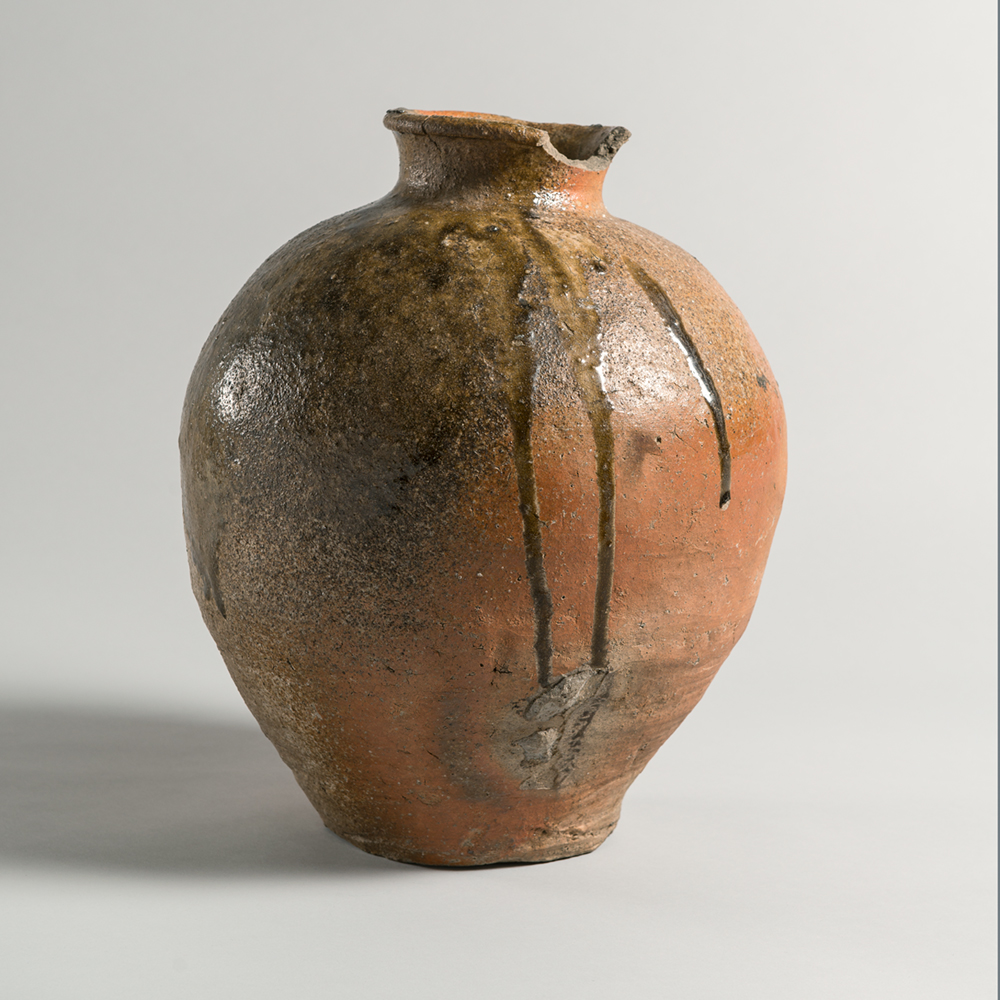
Image by Jeri Hollister and Patrick Young, Michigan Imaging
Clay as Soft Power includes objects by such ceramics luminaries as Peter Voulkos and Kenneth (Ken) Ferguson, both of whom participated in the residency program at the Shigaraki Ceramic Cultural Park in the 1990s. It also includes works by artists with ties to Michigan, including John and Susanne Stephenson and Georgette Zirbes, who were trained in Shigaraki in the 1960s. John Stephenson first encountered contemporary Japanese ware during a 1957 presentation by Bizen ware artist Kaneshige Tōyō at the University of Michigan. Stephenson, who was then a student at Cranbrook Academy of Art, was so inspired that he and his wife, fellow ceramicist Susanne Stephenson, traveled to Japan in 1962 to research and learn about woodfired kilns producing unglazed ware. While in Kyoto, they were introduced to contemporary artist Takahashi Rakusai III and began working for his studio. In addition to a diverse selection of objects, this section of the exhibition includes archival photographs, and correspondence between American and Japanese artists.
The Resurgence of Shigaraki Ware: Contemporary Works in Private Collections
Over the past 20 years, contemporary Japanese ceramics has emerged as a popular medium for American collectors and Shigaraki ware is a significant part of this trend. Collectors who are actively expanding their private holdings are working with American dealers, who have extensive networks and relationships with Japanese artists, deepening collector knowledge of the medium and diversifying the range of artists that are being collected. While American collectors have become increasingly important to the market for contemporary Shigaraki ware, they are also supporting the development of exhibitions and lending works that expand public understanding of the history and contemporary relevance of these objects.
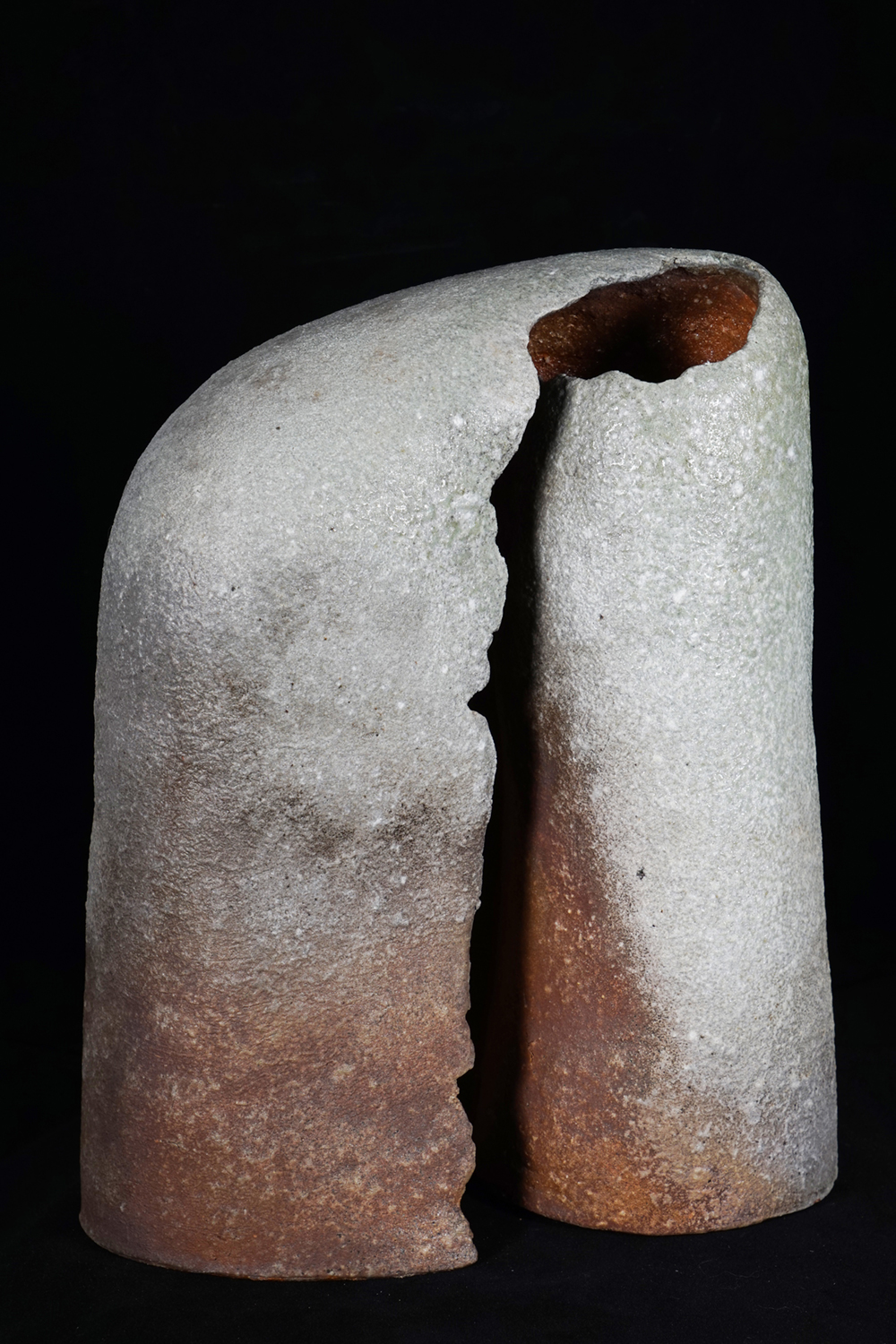
The Robert and Lisa Kessler Collection, Denver, CO © Kohyama Yasuhisa
This contemporary activity is particularly important to the incorporation of women artists into the narratives of ceramics and the legacy and trajectory of Shigaraki ware, including Takahashi Yoshiko, who is being commissioned to create a new work and will also show a Shigaraki Vase from 2010. Other important contemporary Japanese artists included are Koyama Kiyoko, Ōtani Shirō and Kohyama Yasuhisa.
Woodfiring.net thanks to Michigan Museum of Art (UMMA) for their collaboration in the preparation of this article.
Forbidden the total or partial reproduction by any means, without written permition.